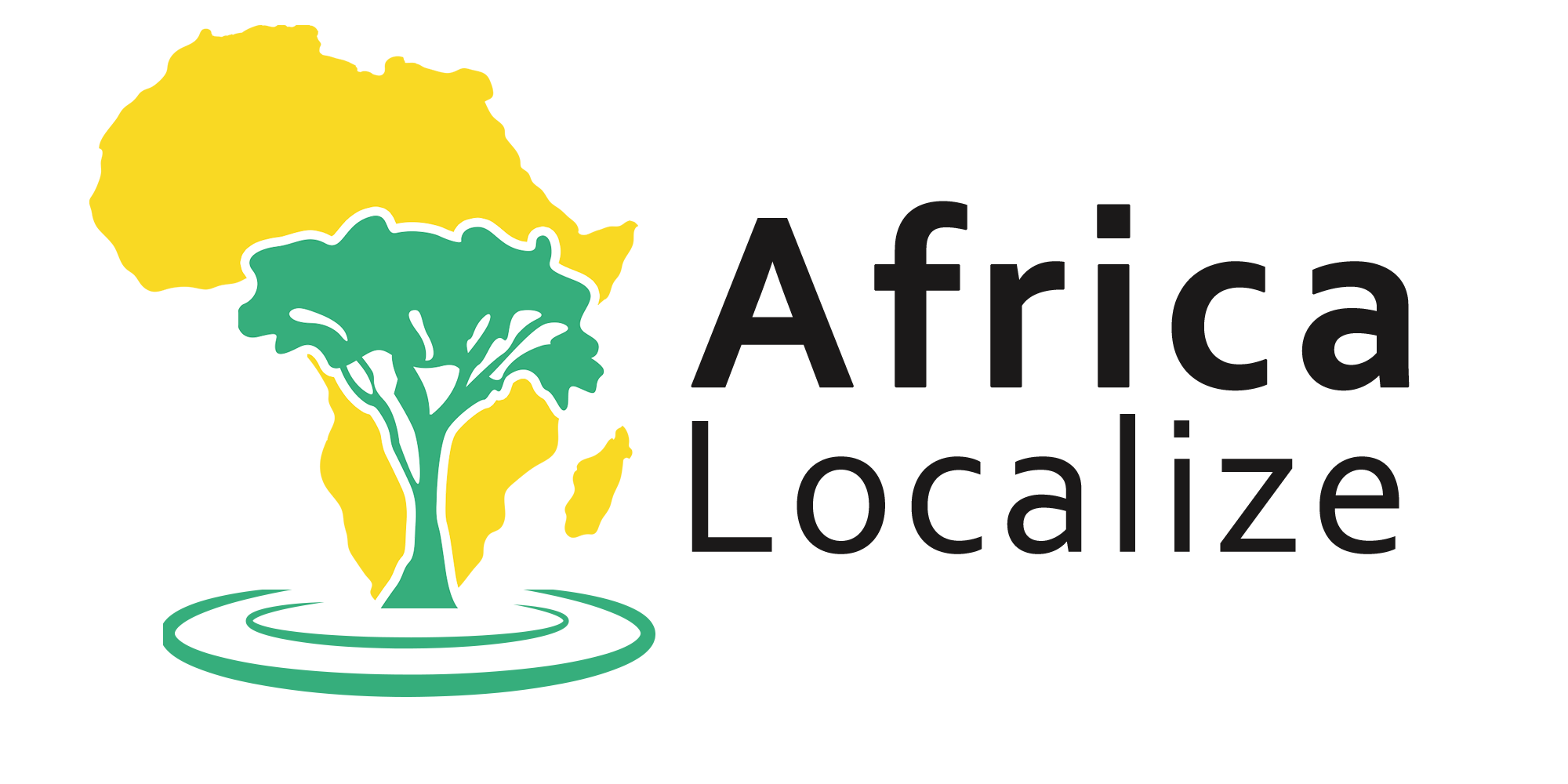How to plan a correct localization strategy for Africa: 5 things to keep in mind

Africa has become a destination for global companies during the last few years.
However, companies looking to expand their reach into Africa should consider localization into African languages.
Though English is widely spoken on the continent, there are numerous other languages that are also spoken by large numbers of people.
With the right localization strategy, companies can more effectively communicate with African audiences in their own language, increasing the likelihood of engagement and conversion.
The 5 things you need to consider when localizing for African countries
Below you can find all that you need to know about African Languages and what to consider to localize into the African language
1. Define a strategy for each country
When doing business in different African countries, don’t look at all of them as one market. You need to consider each country as a standalone region that has its own needs and interests. What works in Kenya, may not work in Ethiopia.
2. Identify the local language of each country
In the most populous continent, it’s no surprise that there are over 2-3 spoken languages in each country. In this case; you can concentrate on the one language with the largest number of speakers.
Also, in some countries, English and French can be widely spoken languages, along with African languages. For example, in Southern Africa, Afrikaans and English are spoken by the majority of the population.
3. Know each country’s culture
African culture varies within each country. Throughout Africa, people speak different languages, practice various customs and traditions, and incubate numerous beliefs.
Understanding the cultural aspects of each country is essential to creating a suitable localization strategy that appeals to the locals and doesn’t go against their beliefs or hurt their sentiments.
4. Hire a local professional translator
No one would know any language better than its native speakers. Hiring a local translator not only helps with the localization process but also provides what appeals to the target audience.
This will result in a correct localization process.
Your professional translator could be a native African freelance translator or a translation agency that provides localization services for all African languages.
5. Add media that look African
One of the fatal mistakes companies localizing their content is copying the same media, such as videos and images, from the source language into the localized African countries.
Maybe you have accurately localized the written content into an African language but do not connect with the African readers. One of the reasons might be the wrong use of media.
For example, if you are translating your website into African languages, the website should use images that reflect African culture.
Overview of languages diversity in Africa
A country is known for its people and language. Once you know the language your audience speaks, you can easily seize the opportunity waiting for you there.
First of all, Africa is the home to one-third of the world’s languages, with more than one billion native speakers. So, it’s considered the continent with the highest linguistic diversity.
The African languages come in four main families:
Afro-Asiatic group:
This group covers Northern Africa, Central Sahara, and the Horn of Africa, which includes Arabic, Somali, Berber, Hausa, Amharic, and Oromo.
Nilo-Saharian group:
This group covers Central and Eastern Africa. This includes Luo, Songhay, Nubian, and Maasai.
Niger-Congo group:
This group covers Central, Southern, and Eastern Africa, and includes Swahili, Yoruba, Igbo, Fula, and Shona.
Khoisan group:
This group covers the western part of Southern Africa. It includes Sandawe and Kwai.
Conclusion
You might think it is a lot of work to localize for the African countries. But this would be a good investment for your company. The content is attracting international investors every day. Setting up a correct localization strategy can be a major advantage you take over your competitors
